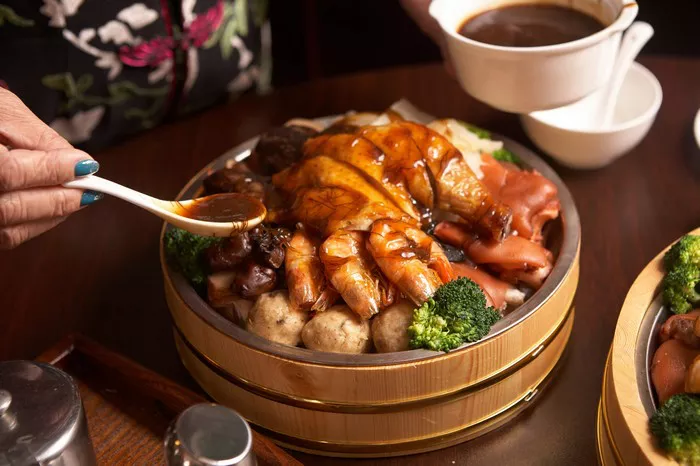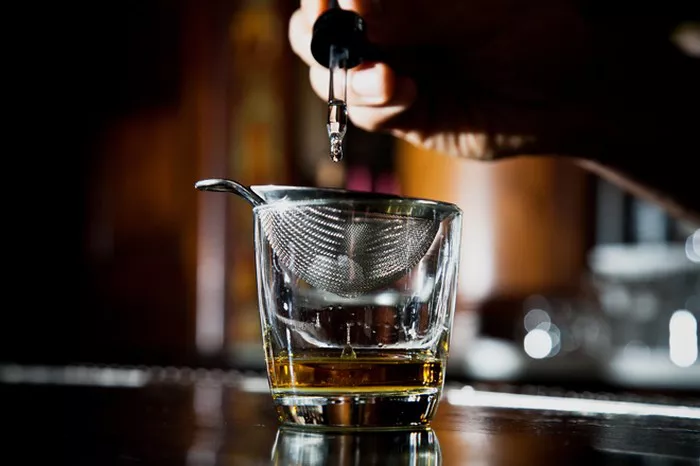Hong Kong has been dealing with a series of food poisoning cases linked to various food items, prompting public health officials to investigate and raise awareness about potential health risks.
Suspected Puffer Fish Poisoning
Recently, the Centre for Health Protection (CHP) within the Department of Health disclosed a suspected case of puffer fish poisoning. An 84-year-old man experienced symptoms such as dizziness, finger numbness, and shortness of breath approximately one hour after consuming cooked puffer fish caught by himself in local waters. While the patient is currently in stable condition, the incident serves as a reminder that certain organs of puffer fish contain high concentrations of tetrodotoxin, a potent neurotoxin that can affect the central nervous system. Importantly, cooking, boiling, drying, or freezing does not eliminate this toxin.
Neurotoxic Shellfish Poisoning
Another incident involved two individuals, a 42-year-old woman and a 45-year-old man, who reported symptoms including tingling of the tongue, vomiting, and diarrhea within minutes to a few hours after consuming steamed snails purchased from a seafood stall at Ap Lei Chau Market. Investigations suggested neurotoxic shellfish poisoning as the cause, emphasizing that this toxin is heat-stable and remains unaffected by cooking.
Bacterial Outbreaks
CHP has also been investigating two clusters of suspected food poisoning cases affecting a total of five people. The first cluster, with two females aged 29 and 30, and the second cluster, with three females aged 22 to 49, experienced symptoms such as abdominal pain, diarrhea, nausea, vomiting, and fever hours after dining at the same restaurant in Tsim Sha Tsui. Pancakes made with eggs were identified as a potential source, potentially linked to Salmonella.
Additionally, an imported case of Shiga toxin-producing E. coli (STEC) infection involving a 2-year-old boy was recorded in mid-August. The patient had recently visited Malaysia and had consumed yogurt, fresh fruit juice, and had contact with animals. Two family members also exhibited similar symptoms but had recovered.
The most extensive outbreak affected at least 55 individuals, with abdominal pain and diarrhea reported 8 to 16 hours after consuming dinner at a campsite canteen in Tai Po. Officials suspect penne carbonara contaminated with Clostridium perfringens as the source, with initial investigations pointing to improper food holding temperatures.
Concerns About Wild Plants and Bamboo Shoots
Separately, concerns arose regarding the consumption of wild plants and bamboo shoots. A 69-year-old woman fell ill after accidentally consuming part of a dangerous plant known to contain calcium oxalate raphide. Similarly, a 67-year-old man and a 50-year-old woman experienced adverse effects after drinking juice made from raw bamboo shoots. In both cases, the consumption of these items in their raw form led to symptoms such as numbness, headache, dizziness, and nausea.
The CHP has provided guidance, emphasizing the importance of caution when handling and consuming unfamiliar plants and raw bamboo shoots. It is recommended to properly prepare and cook such items to ensure safety.

























